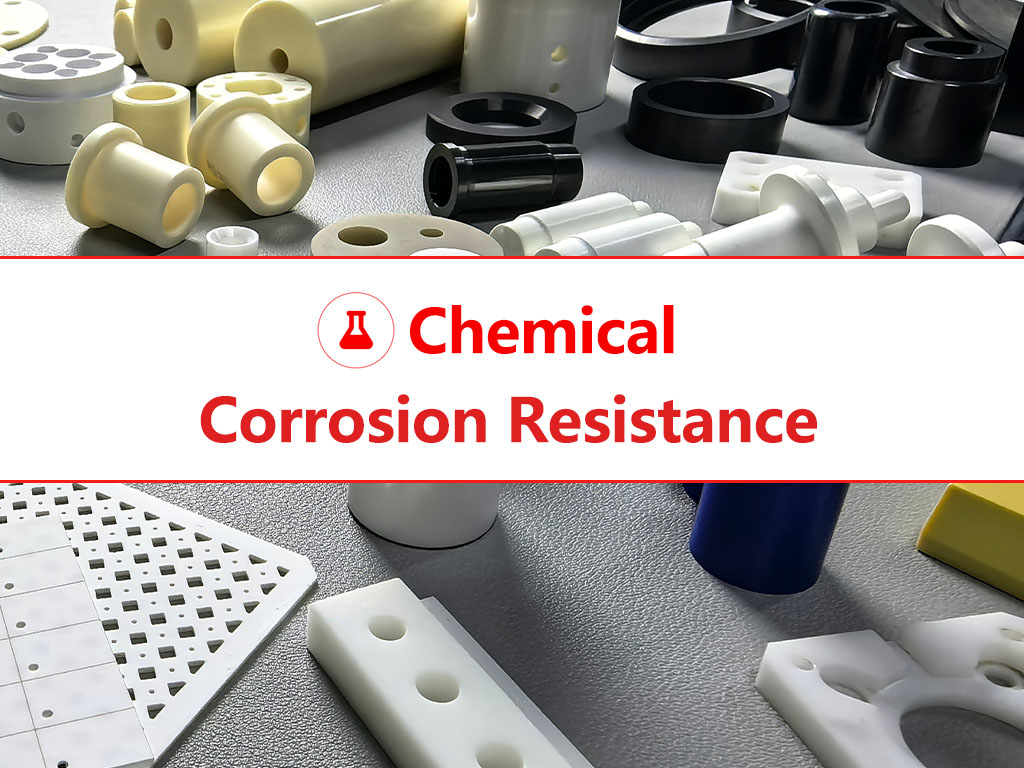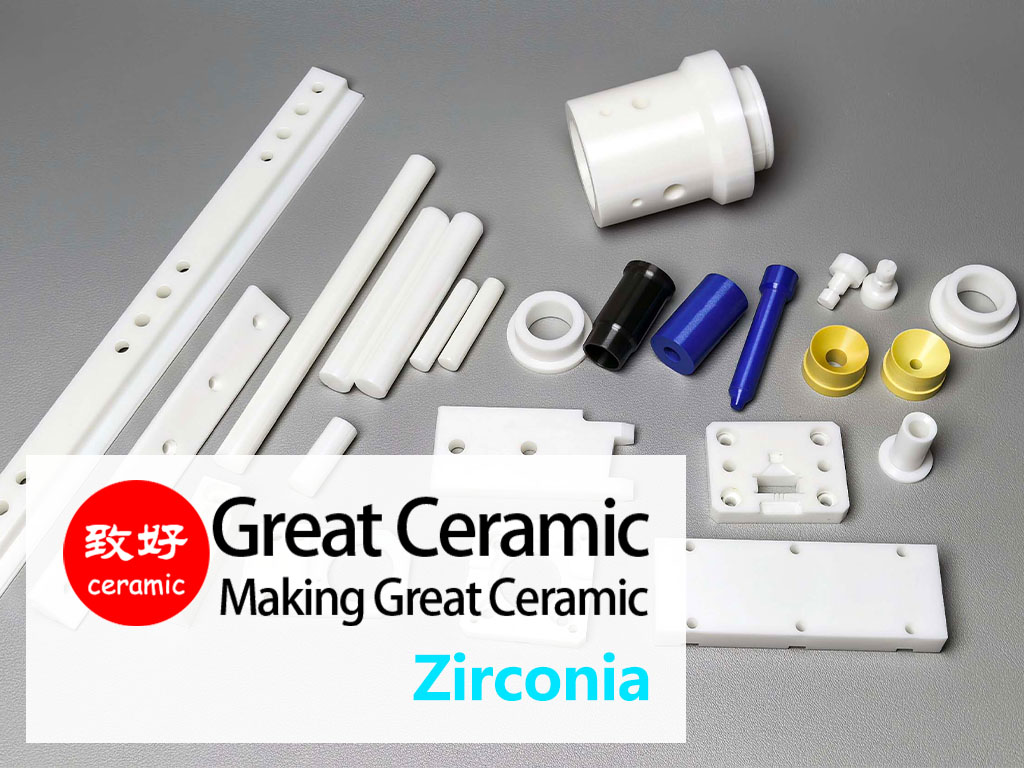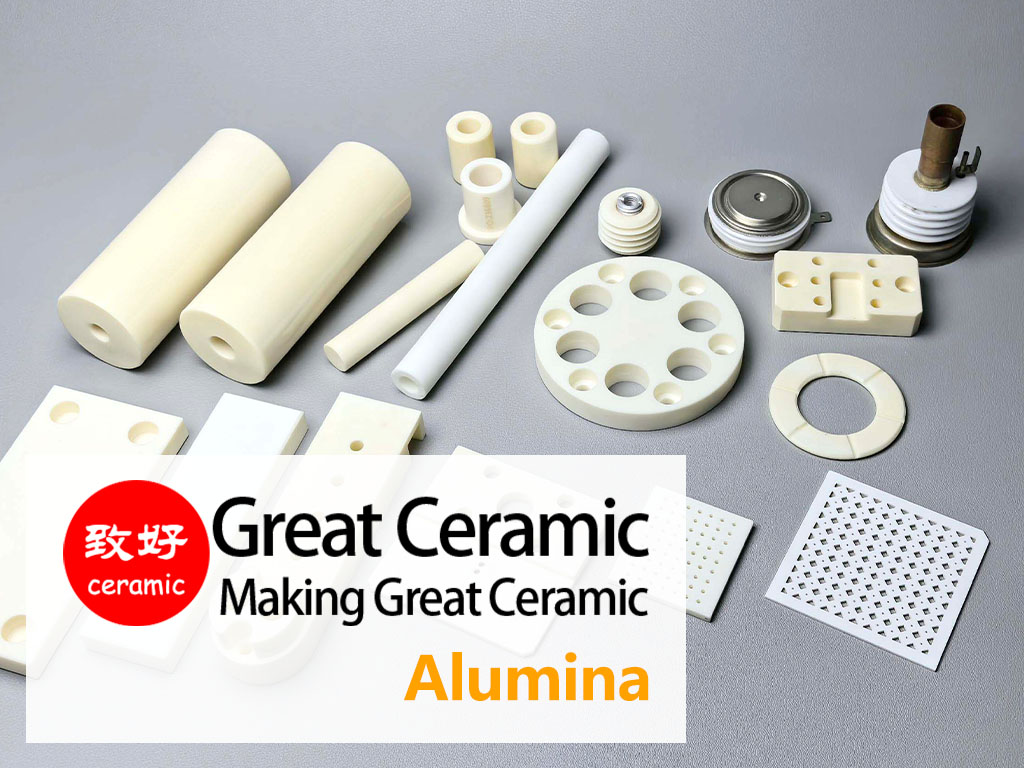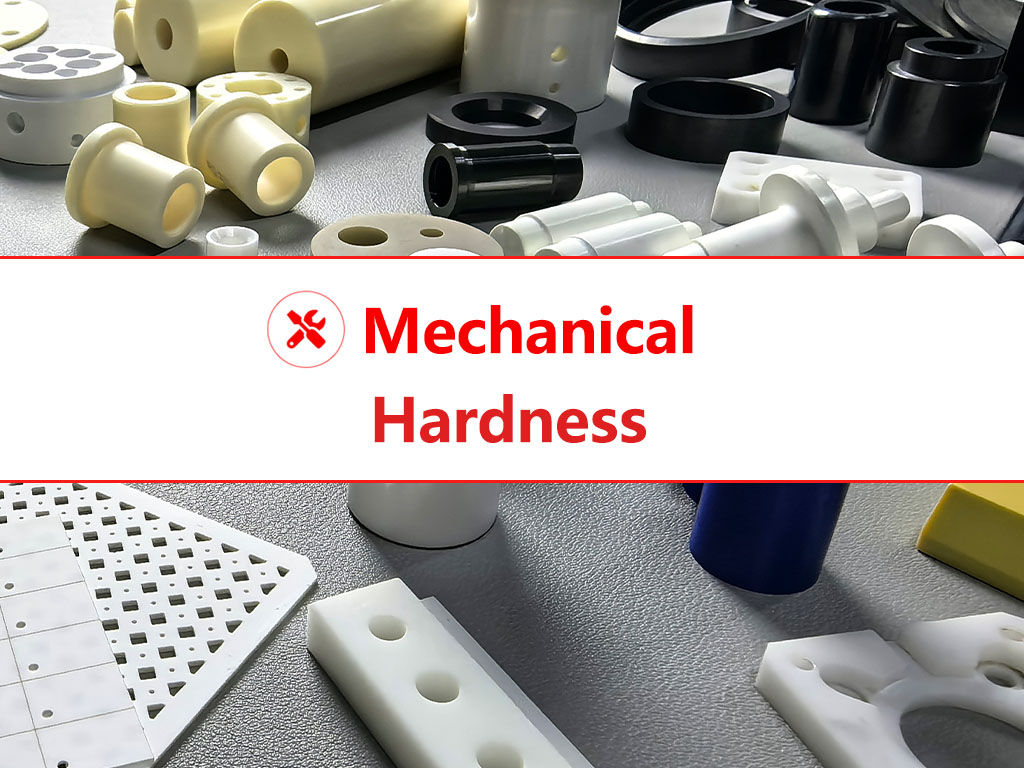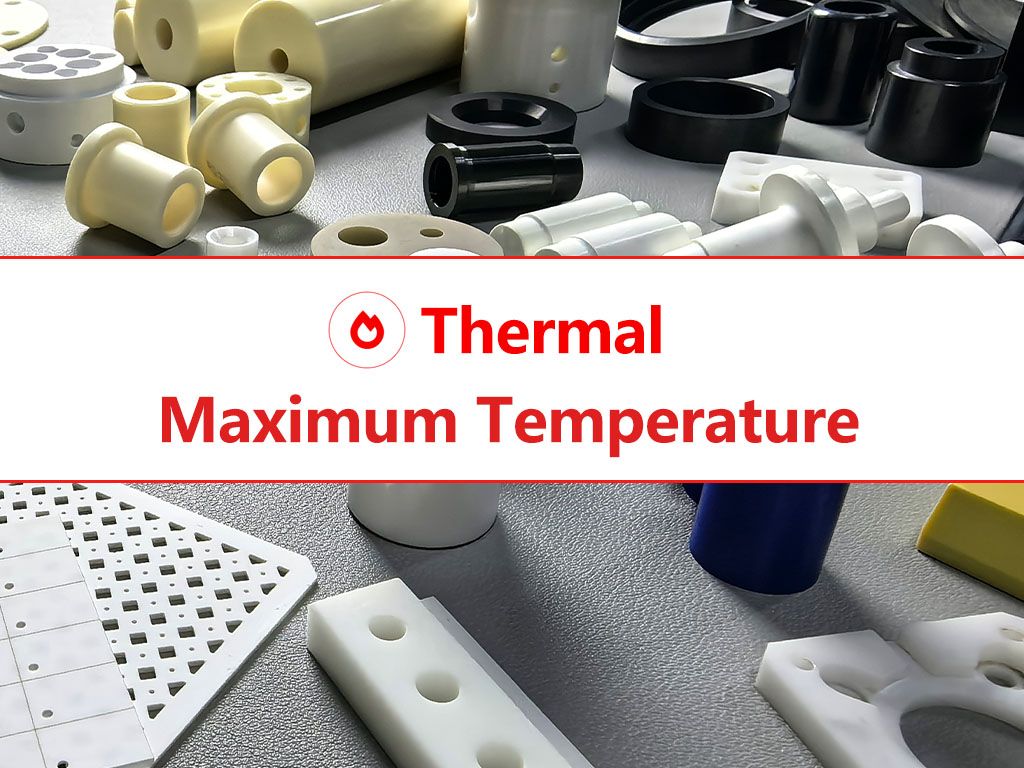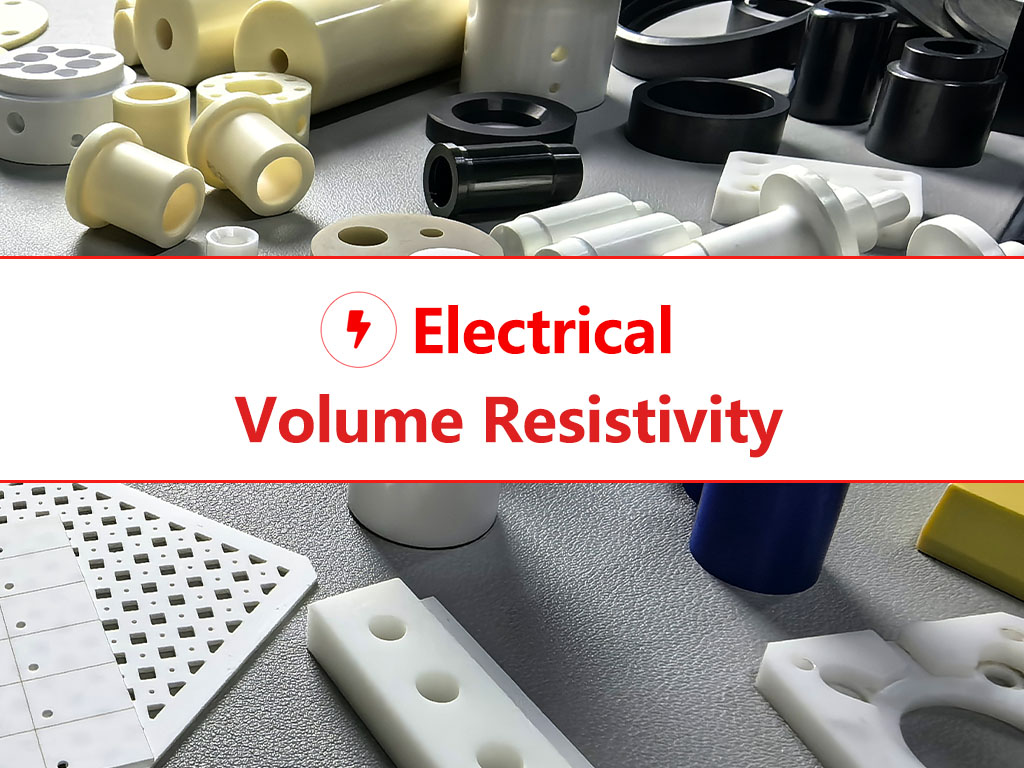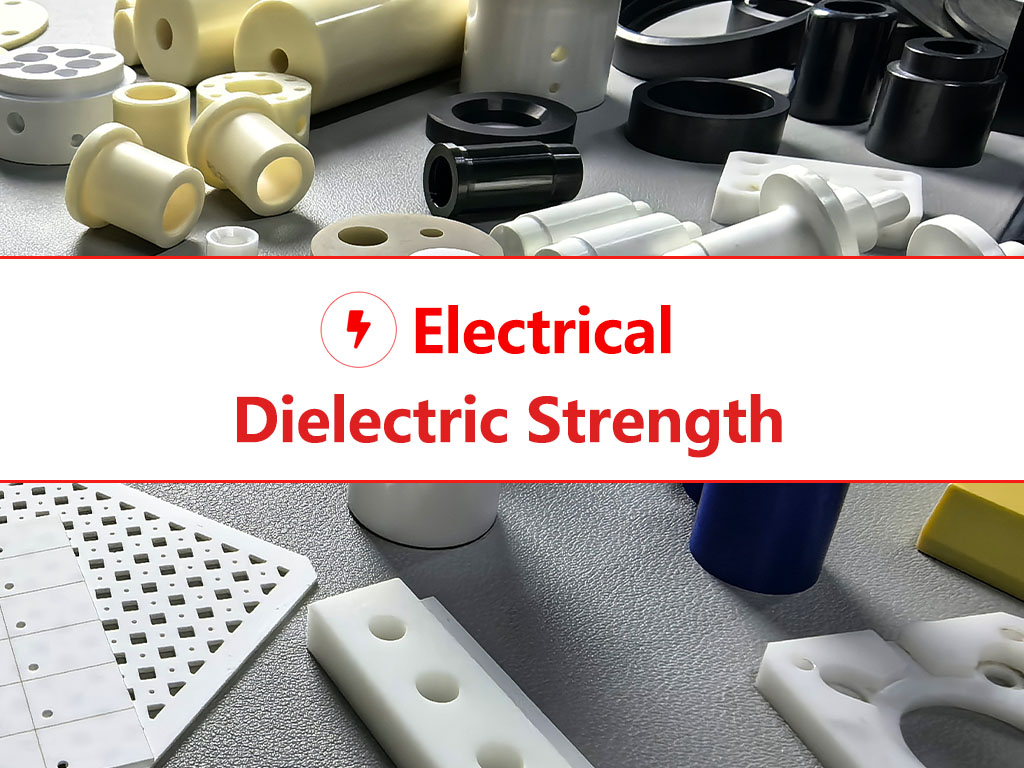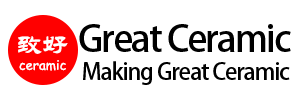내식성이란 무엇이며 왜 중요한가요?
내식성은 산, 알칼리, 염분과 같은 화학적 환경에 노출되었을 때 분해되지 않고 구조와 성능을 유지하는 재료의 능력을 말합니다.
다음과 같은 고급 세라믹 알루미나(Al₂O₃), 지르코니아(ZrO₂), 실리콘 카바이드(SiC)및 실리콘 질화물(Si₃N₄) 는 이온 결합 또는 공유 결합이 강한 무기, 비금속 소재입니다. 따라서 부식에 대한 저항력이 훨씬 뛰어납니다. 금속 그리고 엔지니어링 플라스틱.
고급 세라믹의 경우 이 속성이 중요한 이유는 다음과 같습니다:
첨단 세라믹의 화학적 안정성 이점
세라믹의 내식성에 영향을 미치는 요인
공격적인 매질에서 세라믹의 용해 속도(실험 데이터)
다음 표는 다음을 보여줍니다. 측정된 용해율 일반적인 부식성 매질에서 주요 세라믹 소재의 장기적인 화학적 내구성을 나타냅니다:
| 재질 | Medium | 온도 | 기간 | 용해 속도(mg/cm²/일) |
|---|---|---|---|---|
| 알루미나(Al₂O₃) | 염화수소(10%) | 100°C | 24 h | ~0.02 |
| 지르코니아(ZrO₂) | H₂SO₄(30%) | 150°C | 24 h | ~0.015 |
| ZTA20 | 염화수소(10%) | 100°C | 24 h | ~0.025 |
| 질화규소(Si₃N₄) | NaOH(20%) | 80°C | 72h | ~0.01 |
| 질화 알루미늄(AlN) | DI 워터(pH 7) | 실내 온도 | 7일 | ~0.5 |
| 실리콘 카바이드(SiC) | HNO₃ (50%) | 120°C | 48 h | <0.01 |
| 베릴륨 산화물(BeO) | 염화수소(10%) | 90°C | 24 h | ~0.02 |
| 육각 BN(h-BN) | H₂SO₄(98%) | 100°C | 24 h | ~0.15 |
| MGC(가공 가능한 유리 세라믹) | NaOH(10%) | 80°C | 24 h | ~0.2 |
참고: AlN 및 MGC와 같은 물질은 물이나 알칼리성 용액에서 반응성이 높은 반면, SiC 및 Al₂O₃는 산과 염기 모두에서 극도의 불활성을 나타냅니다.
*데이터는 참고용으로만 제공됩니다.
주요 세라믹 재료: 특성 및 사용 사례
파란색 글꼴을 클릭하면 각 고급 세라믹 소재에 대한 자세한 정보를 볼 수 있습니다:
| 재질 | 화학적 안정성 하이라이트 | 일반적인 애플리케이션 |
|---|---|---|
| 알루미나(Al₂O₃) | 산성 및 염기성 매질에서 높은 불활성 | 반도체 픽스처, 의료용 임플란트 |
| 지르코니아(ZrO₂) | 산에 안정적이며 내알칼리성이 제한적입니다. | 펌프, 밸브, 센서 |
| ZTA20 | 향상된 인성 및 내식성 | 구조 부품, 마모 부품 |
| 질화규소(Si₃N₄) | 산과 열 산화에 강함 | 가스터빈, 자동차 엔진 부품 |
| 질화 알루미늄(AlN) | 우수한 내화학성, 높은 열 전도성 | 전자 기판, 방열판 |
| 실리콘 카바이드(SiC) | 거의 모든 화학 물질에 대한 탁월한 내성 | 화학 반응기, 씰, 열교환기 |
| 베릴륨 산화물(BeO) | 화학적으로 안정적이고 열적으로 우수한 | 군용 전자 제품, 우주 시스템 |
| 질화붕소(BN) | 고온에서도 불활성, 비반응성 | 도가니, 반응성 대기의 절연체 |
| 가공 가능한 유리 세라믹(MGC) | 우수한 내화학성, 가공 용이성 | 프로토타입, 진공 부품 |
관련 지식 포인트:
일반적인 재료의 내식성 비교
이 그림은 산, 알칼리, 염분 환경에서의 다양한 첨단 세라믹 소재의 화학적 안정성을 직관적으로 이해할 수 있도록 세 가지 대표적인 부식성 매체에서의 용해 속도 비교(단위: mg/cm²/일)를 보여줍니다.
*데이터는 참고용으로만 제공됩니다.

